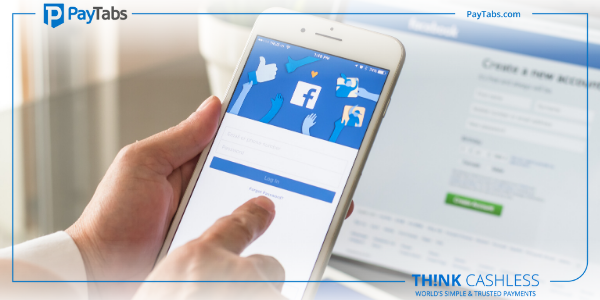A Beginner’s Guide to Facebook Dynamic Ads for eCommerce
Posted on

Online advertising is a highly vibrant concept and is constantly undergoing drastic changes. It is highly challenging to draw customers’ attention and then to keep them engaged. Facebook dynamic ads are one of the most powerful marketing tools available today. Despite their unique features, these ads are not difficult to master. So here are some of the tips to get you started with Facebook dynamic ads.
What are Facebook Dynamic Product Ads?
Facebook is constantly innovating when it comes to product ads on its pages. The social media site has a well diversified product portfolio which contains different types of ad formats to suit different requirements. Its latest offering is dynamic product ads which are highly amenable to personalization, making them more effective. As per the definition given by Facebook itself, dynamic ads eliminate the need to create individual ads for different products. Instead, you are just required to provide a template and the data and images from your feed are automatically incorporated.
How to Set it Up?
Dynamic ads are highly impressive but fortunately, the task of setting them up is not that daunting. With a couple of directives, you can easily install your own dynamic ad mechanism. However, before you embark upon this journey, you need to make sure you have your basics down i.e. you already have a Facebook Page, a Facebook ad account and a Business Manager account.
Install Facebook Pixel: Before getting started with dynamic ads, you have to make sure that you have properly installed Facebook Pixel, which is a small code which is required to be embedded in the website. Alternatively, you can opt for installing Facebook SDK, which is highly useful for tracking the performance of the ads and providing analytics. However, if you are using any compatible eCommerce platform such as BigCommerce or Shopify, then you are not required to alter your code for creating Facebook Pixel. Instead, you can simply use a third party module to install Pixel.
Designing Product Catalog: For running dynamic Facebook ads, you are required to prepare a detailed product portfolio. This portfolio should contain vital information such as item description, pricing and pictures. A well-designed catalog is highly important as it acts as a repository of the product information. Your data feed should contain all the information which you want to be included in the ads. You can also create multiple data feeds.
Create Product Sets: For making dynamic ads more productive, you can go for creating product sets. This exercise is useful ensuring that your dynamic ads are more targeted and result in better cross sells and up sells. You can use different criterions such as availability, category, brand or product type. The ideal way is to create sets with broad themes as very narrowly defined parameters may lead to sparse products in each category. Facebook dynamic ads allow up to 5 custom columns for adding more data.
Define Target Market: Now is the time to identify the market segments you are looking to capture with your dynamic ads. The retargeting option allows you to focus on a range of visitors such as people who added items to cart but did not actually purchase them. You can also cater to specific customers to up sell or cross sell your products. Another interesting option is to go for custom combination where you can create your own filters to better meet your business’s requirements. You can also choose to broaden your horizons and go for broad audience targeting by opening up your products to newer market segments.
Create an Ad Template: Now comes the final stage of creating the ad template. For this purpose, you need to head to the Ads Manager option and click on Create and choose Catalog Sales. The process designed by Facebook for creating an ad template is highly intuitive. You can use your product catalog for populating various fields. There is also the provision of using dynamic placeholders to let you control the content.
Once your dynamic ad is live, it is important to keep track of its performance. You can accordingly change various parameters of ads to make them more suitable for your business and business objectives.
